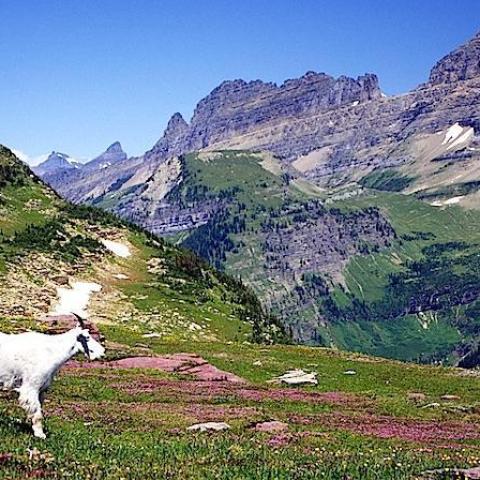National Park Service Commemorates Veterans Day With Special Programs And Free Admission On November 11

In honor of Veterans Day, many national parks across the country are hosting special events, displays, and ceremonies to commemorate the service and sacrifice of the U.S. Armed Forces. The National Park Service will waive entrance fees on November 11.
- By NPT Staff - November 9th, 2016 2:00am









